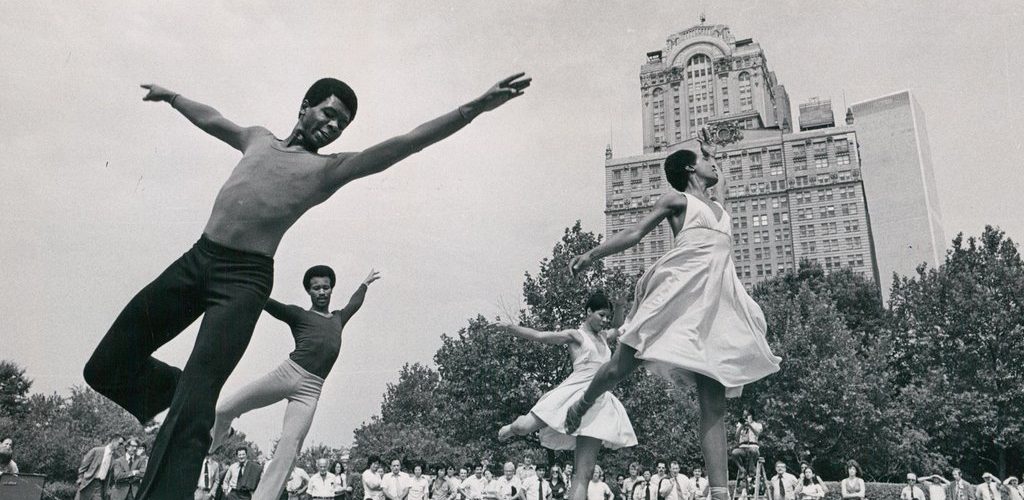
Lang’s very own Elizabeth Kendall, Associate Professor of Liberal Studies and Literary Studies, has been published on The New York Times! Her piece, titled “New York City’s Gift of Motion: A 1970s Tale”, is a reflection on Lindsay era New York City and her experience in the booming bohemian world of dance at the time.
New York was calling, even if I suspected it was too late for my still blurry, white suburban body to toughen up and find its muscles. I arrived one October day in 1973, to a city of strangers. Soon, though, thanks to some instant friends, I was in the dance fold, ensconced in an upper Broadway apartment with two modern dancer roommates. We lived at full speed: fanning out after part-time jobs to join the tribe of would-be dancers in the astonishing array of classes unwittingly hosted by the grimy city.
As we find ourselves in the halted world of quarantine, there is something deeply cathartic in reading about the bustling, grimy, ever-so-alive city Kendall describes.
To experience the vivid motion of the city’s past, don’t miss this article.